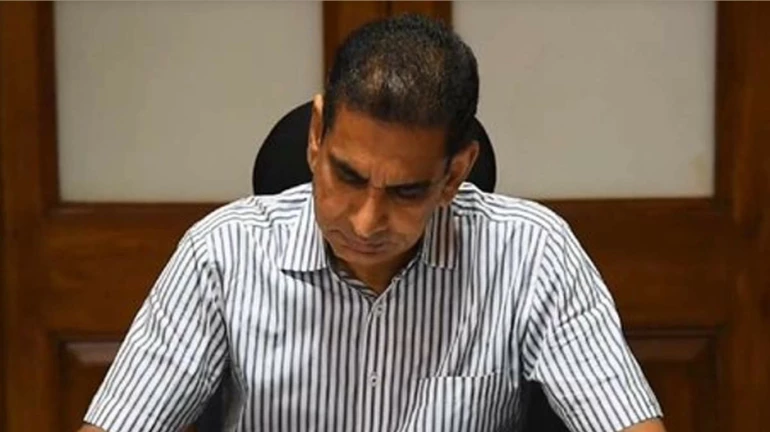
Mumbai Municipal Commissioner, Iqbal Singh, Chahal, at a recently held event stated that 80 per cent of Nariman Point and Mantralaya will be under water by the year 2050, and this is likely to happen due to the rising sea levels.
The statement was made while launching the Climate Action Plan website, whereby he added that approximately 70 per cent of wards in South Mumbai, i.e. A, B, C and D will be affected with the crisis as several warnings have been observed recently due to natural calamities like flood and heavy rainfall.
Sharing more information, he said that necessary action has to be taken for the same, to ensure the next generation does not suffer from the similar crisis. Else, the situation could get dangerous situation in the next 25 years whereby areas like Cuffe Parade, Churchgate, Nariman Point, Umarkhadi, Mohammad Ali Road, Girgaon and Breach Candy etc. could face harsh outcomes of the climate change.
Citing a report from McKinsey India, Commissioner Chahal stated that a 25 per cent increase flash floods and a 0.5 metre rise in the sea level can be witnessed in Mumbai which could affect over 20 lakh citizens in the city living near the coastline. Moreover, the conditions could get worse will increasing rainfall and monsoon-related conditions. Cyclone and flood-like situations have affected parts of the city in crisis reported over the last year and half, whereby areas were submerged in nearly five feet water just due to heavy rainfall.
Monsoon in Mumbai was worse this year, with torrential rainfall hitting the city for nearly four days with 200mm rainfall reported during the floods. On two specific days in July, the weather department reported 235 mm and 253 mm of rainfall, leading to heavy water-logging in the city.
Meanwhile, the IMD had also stated that Excess Rainfall in Mumbai was No Longer a Rare Occurrence Due to Climate Change. Moreover, a study by Central Government institutes also found that all districts in the Central Maharashtra & Eastern Vidarbha were either moderately or highly vulnerable to the climate change with nearly 77% of Maharashtra's cropped area being vulnerable to the change.





